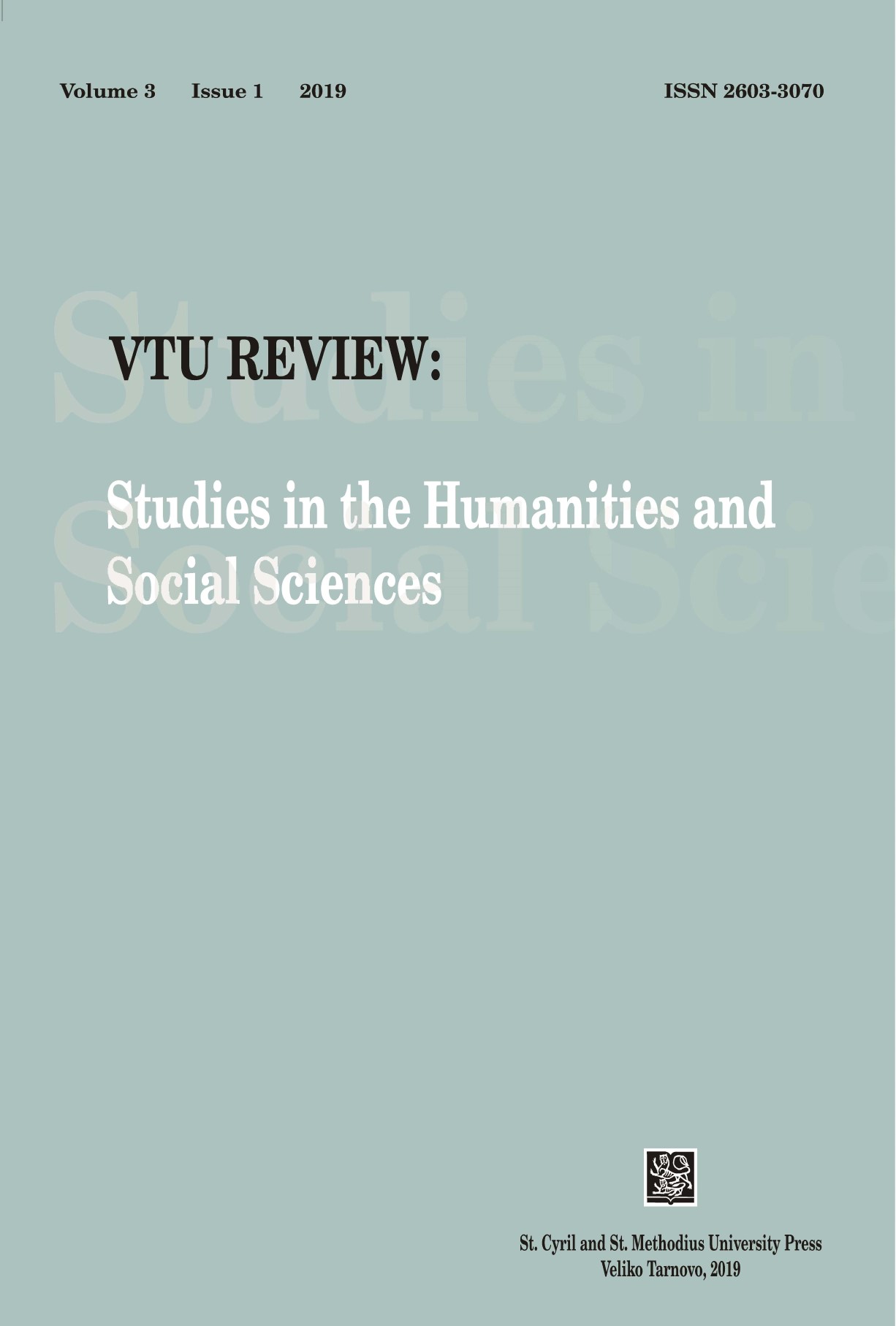The Postnormal Condition and the Politics of Migration in Biyi Bandele’s Half of a Yellow Sun
The Postnormal Condition and the Politics of Migration in Biyi Bandele’s Half of a Yellow Sun
Author(s): Stephen Ogheneruro OkpadahSubject(s): History, Social Sciences, Fine Arts / Performing Arts, Social history, Social differentiation, Film / Cinema / Cinematography, Migration Studies
Published by: Великотърновски университет „Св. св. Кирил и Методий”
Keywords: postnormal times; African postcoloniality; cinema; terrorism; anti-oppressive reforms
Summary/Abstract: Civil wars, political chaos, ecological revolutions, separatist agitations, ethnic conflicts and religious clashes form part of the larger body of what, following Ziauddin Sardar, we will define as “postnormal times.” The representation of borders in migration is a salient feature of African films and films on Africa, such as Hotel Rwanda, Blood Diamond, Half of a Yellow Sun, Tears of the Sun and Somewhere in Africa: The Cries of Humanity. These cinematic productions are rooted in the culture of migration, displacement, liberation and survival. The present article considers postcolonial African cinema and argues that filming migration, especially forced migration, is intricately related to the postnormal condition characteristic of African societies. Postnormality in that part of the world is largely produced by armed conflicts whose aftermath stages spectacular waves of human migration. The Boko Haram conflict, the Herdsmen crisis and the Niger Delta crisis of resource control in Nigeria and the Al Shabab terrorist group in Somalia and Eastern Africa are some of the instances ofviolent self-location that have necessitated discussions of refugeeism, migration and postnormality in Nigerian and African film studies. This article focuses on Biyi Bandele’s film Half of a Yellow Sun which is read in contextual juxtaposition with other films about crisis and migration. Sardar’s theory of postnormality is used in the analytical discussion of the film, which demonstrates that African cinema succeeds in representing the complexities, contradictions and chaos of voluntary and involuntary migration and provides an adequate response to the anti-oppressive reforms on that continent.
Journal: VTU Review: Studies in the Humanities and Social Sciences
- Issue Year: 3/2019
- Issue No: 1
- Page Range: 42-50
- Page Count: 9
- Language: English

